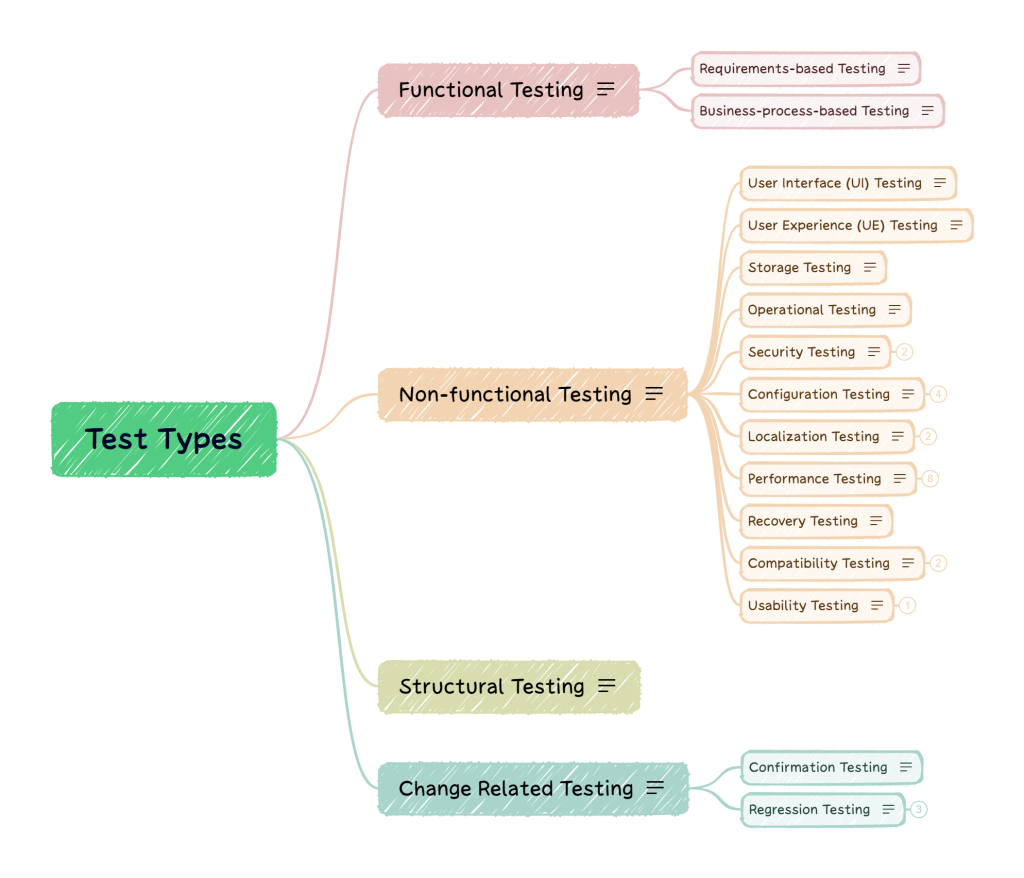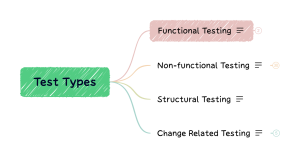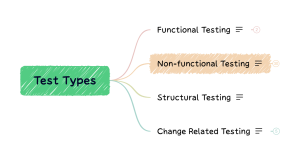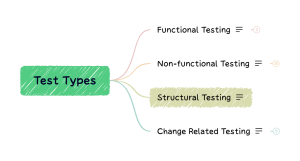Exploring the World of Test Design Techniques: Improving Software Quality One Step at a Time
Software testing is crucial in ensuring any application’s quality and reliability. Among the many facets of testing, test design techniques form the backbone of a well-structured testing process. In this blog post, we will delve into the various test design techniques, their definitions, and how they contribute to the overall success of software testing.
So what are Test Design Techniques?
Test Design Techniques encompass a variety of methods and approaches used by testers to create effective and efficient test cases. These techniques help ensure that test coverage is comprehensive, defects are identified, and the software meets the specified requirements. It is basically about methods, designing or selecting the right test cases to obtain the best coverage and, ultimately, the optimal test strategy.
There are two primary categories when it comes to Test Design Techniques:
- Static Testing
- Dynamic Testing
The short version is: static test design techniques are applied before the software code is executed and focus on examining and verifying software artifacts. In contrast, dynamic test design techniques are used during the execution of the software code to validate its behavior and identify defects. Both techniques complement each other and are essential for a comprehensive and effective software testing process.
Now let’s look deeper into those two categories since there are a couple of sub-categories.
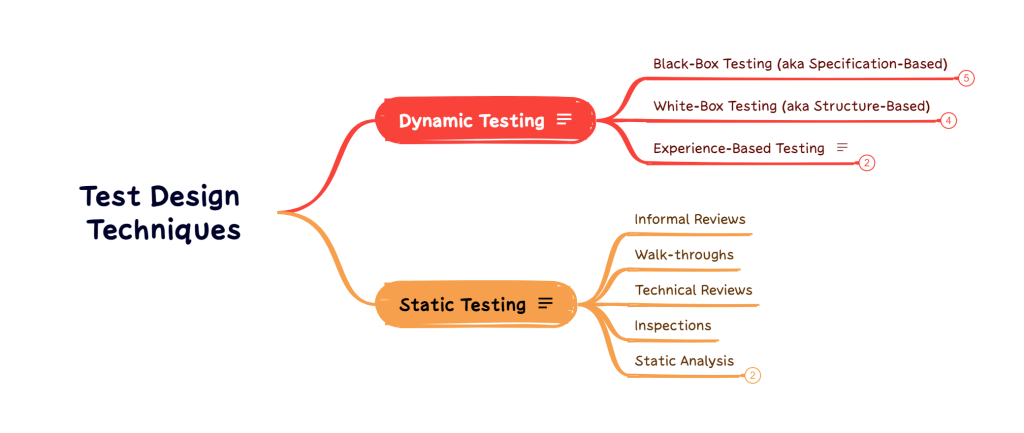
Test Design Techniques – Static Testing
Static test design techniques are applied without executing the software code. They analyze software artifacts, such as requirements, design documents, and code, to identify defects and ensure quality. These techniques are typically employed early in the software development life cycle and help prevent defects from propagating to later stages, reducing the cost of fixing them.
Examples are:
Informal Reviews
Informal reviews involve team members casually examining the documentation and code to identify potential defects and improvements. It is a lightweight and collaborative way to detect issues early in development.
Walk-throughs
Walk-throughs are interactive meetings where the development team presents the software artifacts to stakeholders for feedback and review. This technique facilitates a thorough system understanding, leading to valuable insights and improvements.
Technical Reviews
Technical reviews focus on evaluating the technical aspects of the software, such as architecture, design, and code. This technique helps identify technical risks and ensures compliance with coding standards.
Inspections
Inspections involve a formal and disciplined review process, focusing on finding defects in the software documentation and code. It ensures high-quality deliverables and reduces the number of defects in the later stages.
Static Analysis
That’s another form of static testing also examining software artifacts, such as source code and documentation. It aims to identify potential defects and improve code quality by analyzing the structure, syntax, and adherence to coding standards.
There are two sub-types:
Data Flow: Data flow analysis identifies how data moves through the software, helping to uncover potential data-related issues.
Control Flow: Control flow analysis examines the order in which various program statements are executed, aiding in detecting logic-related problems.
Test Design Techniques – Dynamic Testing
On the other hand, dynamic test design techniques are applied by executing the software code and observing its behavior during runtime. These techniques focus on validating the software against specific test cases and scenarios, checking for defects, and ensuring that it meets the functional and non-functional requirements.
Black-Box Testing (aka Specification-based)
Equivalence Partitioning: This technique divides the input domain into data classes, making choosing representative test cases from each class efficient, thereby maximizing test coverage.
Boundary Value Analysis (BVA): BVA focuses on test cases at the edges of equivalence partitions, where defects are more likely to occur due to boundary-related issues.
Decision Tables: Decision tables are used to represent complex business rules, making it easier to identify different combinations of conditions and corresponding actions.
Use Case Testing: Use case testing aligns test cases with user scenarios, ensuring that the software functions correctly from an end-user perspective.
State Transition: This technique is used for systems with distinct states, helping to effectively test the transition between states.
White-Box Testing (aka Structure-based)
Statement Testing: Statement testing aims to execute every statement in the code at least once, ensuring basic functionality is operational.
Decision Testing: Decision testing ensures that all possible decisions in the code are evaluated, increasing the likelihood of catching logic errors.
Condition Testing: Condition testing evaluates all possible conditions and combinations to verify the software’s robustness against various scenarios.
Multi-condition Testing: Multi-condition testing explores multiple combinations of conditions, exercising complex decision points thoroughly.
Experience-Based Testing
Experience-based testing is a testing approach that relies on the knowledge, skills, and expertise of individual testers to design, execute, and evaluate test cases. Unlike formal test design techniques that follow predefined processes, experience-based testing allows testers to leverage their intuition and past experiences to discover defects and assess the overall quality of the software.
Exploratory Testing: In exploratory testing, testers rely on their skills, knowledge, and creativity to discover defects and assess overall software quality.
Error Guessing: Error guessing relies on testers’ intuition and experience to anticipate potential defects and design test cases targeting those areas.
Conclusion
In conclusion, test design techniques are pivotal in optimizing the software testing process. By employing a combination of static and dynamic testing techniques, testing teams can effectively identify defects, improve software quality, and ensure that the software meets user expectations. Whether it’s the formal rigor of inspections or the creative freedom of exploratory testing, each technique contributes to building robust and reliable software applications. A well-thought-out test design strategy is an essential ingredient in the recipe for successful software development and deployment.



